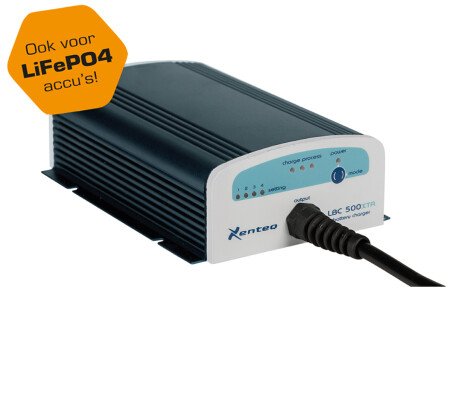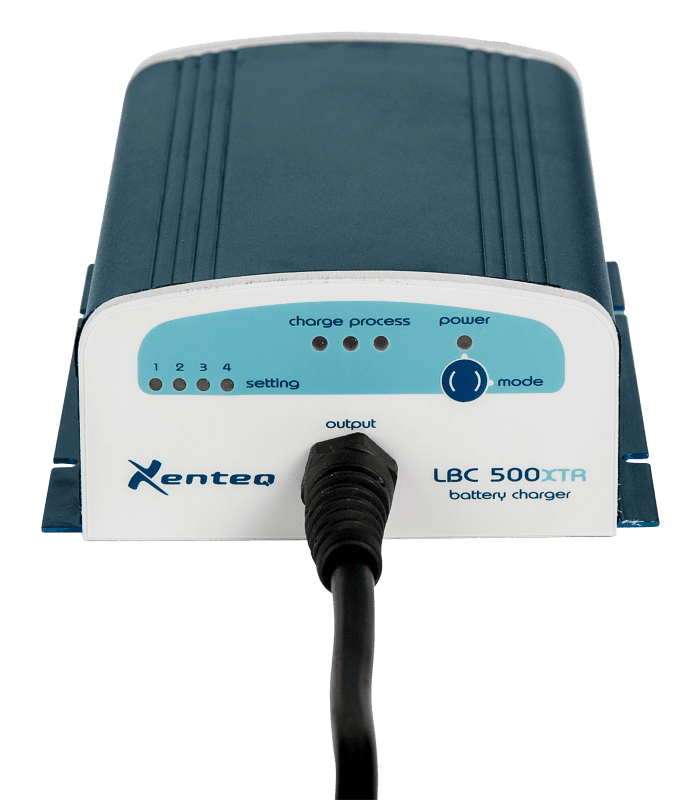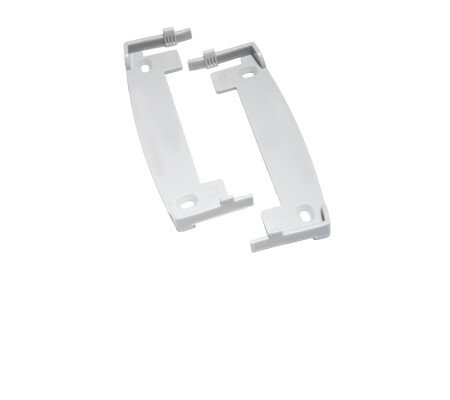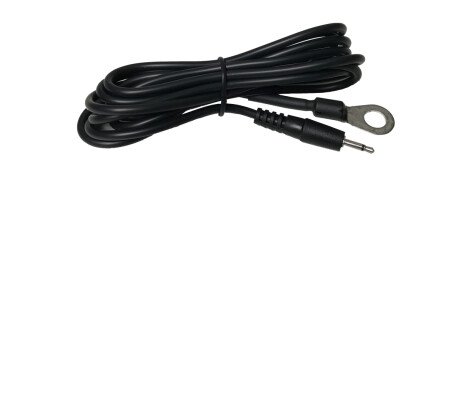LBC 500XTR-series
Charging process
The microprocessor controls and monitors the charger, battery and overall progress resulting in a highly advanced and above all safe charging process. This charger has a triple temperature protection! If an error is detected during the charging process, the charger will indicate this. In this way it is easy to determine which error is occurring. The charging process is of course fully automatic and a new charge will also be started if this is necessary. The charger may remain connected/on during battery loading, starting an engine or when multiple power sources are present (such as a solar panel). When the charging process has been completed, the charger will go to the maintenance state (float charge) or after a longer period of time even to a special charging state to keep the battery in good condition. The LBC 500XTR series is therefore also suitable for permanent connection.
Adjustable
The LBC 500XTR contains multiple charging settings and can therefore be adjusted to many different battery types. Even LiFePo4 batteries! There is one push button on the front of the charger with which you can easily select the desired charging setting. For batteries that are used heavily cyclically, an extra charging phase can also be activated in which the charger goes to a high charging voltage to break down the sulphate. The LBC 500XTR can also be used as a power supply. The charger has a special power supply to connect consumers directly. This creates a stable output voltage and equipment can work directly without the intervention of a battery.
Exterior
The fixed charging cable for connection to the battery has a length of 1.9 meters on which a battery connection suitable for the situation can be mounted. The charging process is easy to follow by means of three LEDs. The 4 small LEDs indicate the set charging program and an error code in case of a possible problem.
Options and accessories
With the optionally available PC 1 clamps it is easy to use the charger in several places. The charger can simply be placed and taken out again. The temperature sensor T-sense1 is also optionally available. When connected, a correction will be made to the charging process based on the measured battery temperature. Note: this is only possible ex works, as the sensor is permanently installed to ensure the IP factor of the housing.
Specifications
| Article no. | Input | Output | Charging current | Dimensions | Weight |
| LBC 512-10XTR | 230Vac | 12Vdc | 10Amp. | 19,4x13,3x5,9 cm | 1,8 kg |
| LBC 512-15XTR | 230Vac | 12Vdc | 15Amp. | 22,3x13,3x5,9 cm | 2,2 kg |
| LBC 512-20XTR | 230Vac | 12Vdc | 20Amp. | 22,3x13,3x5,9 cm | 2,2 kg |
| LBC 524-5XTR | 230Vac | 24Vdc | 5Amp. | 19,4x13,3x5,9 cm | 1,8 kg |
| LBC 524-10XTR | 230Vac | 24Vdc | 10Amp. | 22,3x13,3x5,9 cm | 2,2 kg |
Downloads
Dealers
Christmas/New Year's Eve closing
In observance of the holidays, Xenteq will be closed from December 25, 2025, to January 2, 2026. We will be back at your service 'full of energy' on January 5, 2026!
Read more








